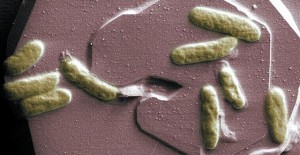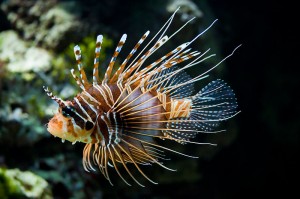I’ve got two items about science culture in the UK. The first concerns an annual Summer Science Exhibition (which dates back to at least 2003 and takes place this year from July 2 – 7,2013) is hosted by the Royal Society. This year’s version features an online game competition according to GrrlScientist’s July 4, 2013 posting on the one of the Guardian science blogs (Note: Links have been removed),
Are you a science geek who loves playing online games? If so, then the Royal Society is seeking your help: they are inviting you play and then vote for your favourite science-inspired online game. These games were developed by a special collaboration between scientists and game developers under the auspice of the Royal Society. The winning game will receive additional development funds.
These online games were created on 24 May [2013] during a 12-hour Game Jam that was hosted by the Royal Society. The games were intended to present cutting-edge science and technology to the public, especially during this year’s Royal Society Summer Science Exhibition.
You can find the four games and vote here on the Royal Society’s Games page,
Seaglider [If you click on the link, you will be taken to a game titled ‘A Pinch of Salt]
3D journey on an ocean glider
Space shooter based on quantum physics
Puzzle-action game to defend a cell from attack
Biomedical puzzle to identify a disease outbreak
The Royal Society’s June 27, 2013 press release gives more details about the games and lists ‘Seaglider’ as ‘A Pinch of Salt’ (perhaps this inconsistency reflects a late stage name change?), from the Develop-Online.net website,
Players will be encouraged to vote for the game that they think is the most fun, playable and explains the science best. The game with the most votes will receive funding to be developed further – perhaps by adding another level or extra characters or making it available on more devices. Voting closes on Sunday 7 th July.
The games competing for further funding are:
· A Pinch of Salt: an ocean set 3D game which sees players pilot an ocean glider and measuring sea salt and trying to cover as much ground as possible in a limited time, developed by Kanko and the University of East Anglia.
· Cell Invaders: a puzzle-action game exploring the complex life of sugars, developed by Robin Baumgarten, Gorm Lai, Benjamin Donoghue and the University of Manchester.
· Out Both Ends: a biomedical puzzle game about identifying the source of an outbreak of disease, developed by Opposable Games, Force of Habit and the Wellcome Trust Sanger Institute.
· Quantum Revolution: an excitement packed space shooter game based on quantum physics, developed by Bossa Studios and Toshiba Research Europe Ltd.
Voting closes on Sunday, July 7, 2013 (the Games webpage doesn’t include a time) and people in timezones that are not GMT should adjust accordingly.
There’s a fifth game on the Games webpage but since it was not created as part of the May 2013 Games Jam it is not eligible for voting, from the June 27, 2013 posting on the Auroch Digital blog,
Auroch Digital produced the event and also developed a game for one of the exhibitions, Zombeetle & The Fossil Colour Quest.
Next, the second summer UK science culture item concerns a new BBC (British Broadcasting Corporation) Radio 4 programme, Inside Science. Adam Rutherford, one of the programme hosts, describes the venture in a July 4, 2013 posting on the one of the Guardian science blogs,
Science is culture. It always has been, of course, but in the past few years we’ve witnessed fundamental changes in how science is done, and reported, and its place in popular culture. For a long time at the BBC Science Radio Unit we’ve been thinking about how to make a weekly show that reflects how science works, how it underpins culture and how it affects you, while maintaining an authoritative voice that explores, celebrates, questions, and – where necessary – criticises science.
These are the motivations behind BBC Radio 4‘s newest programme, Inside Science, which launches at 4.30pm [GMT] on Thursday [July 4, 2013?]. It is presented in turn by me, Alice Roberts and Lucie Green. …
…
In Thursday’s show, we’ll be interrogating the government’s newly announced strategy for containing bovine TB, including the highly divisive policy of badger culling. We go inside the pharmaceutical labs where medicines are being harvested from nature. Plus, we look at the increasingly troublesome problem of space junk: there are millions of fragments of old satellites and rockets in orbit, each a potential ballistic missile capable of taking out one of the thousand or so satellites upon which modern life depends.
It looks like it’s going to be an exciting summer for UK science culture.

